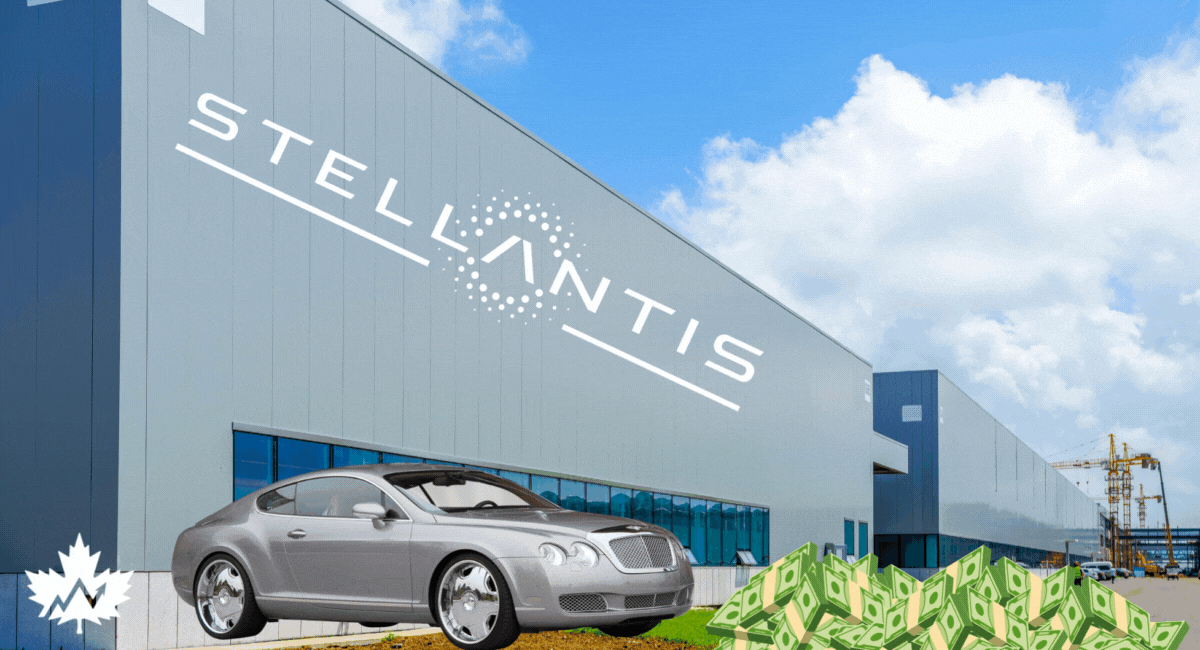Getting ahead in the green transition doesn’t come cheap… just ask the government.
What happened: The federal and Ontario governments convinced automaker Stellantis and electronics company LG to resume the construction of their NextStar electric vehicle (EV) battery factory in Windsor. All it took was promising up to $15 billion in subsidies.
- The subsidies will be doled out based on battery production over a 10-year period, with the feds picking up two-thirds of the tab and the province covering the rest.
Catch-up: Stellantis and LG had agreed to build the plant last year for a more modest $1 billion worth of tax breaks. But that was before the US had rolled out its Inflation Reduction Act (IRA), offering ludicrous incentives for basically every stage of battery production.
- In May, Stellantis abruptly halted construction on a portion of the plant and more or less said the deal was off unless Canada and Ontario forked over more dough.
- Stellantis also reportedly was not happy that rival automaker Volkswagen received way more subsidies ($13 billion to be exact) for its EV battery plant in St. Thomas.
Why it matters: With up to $28 billion in taxpayer-funded incentives between these two deals, the price tag for luring clean energy investments into Canada is rising fast, and big companies have gotten to the point where they’re basically able to name their price.
- The IMF recently warned Canada’s green investments strategy might not be financially sustainable, creating a “race to the bottom” for corporate subsidies.
Yes, but: The plant will mark a major step in Canada’s ongoing quest to become an “EV superpower,” producing 45 gigawatt hours of battery capacity annually—for context, that’s enough energy to power nearly 34 million homes. It also will create 2,500 jobs.—QH
